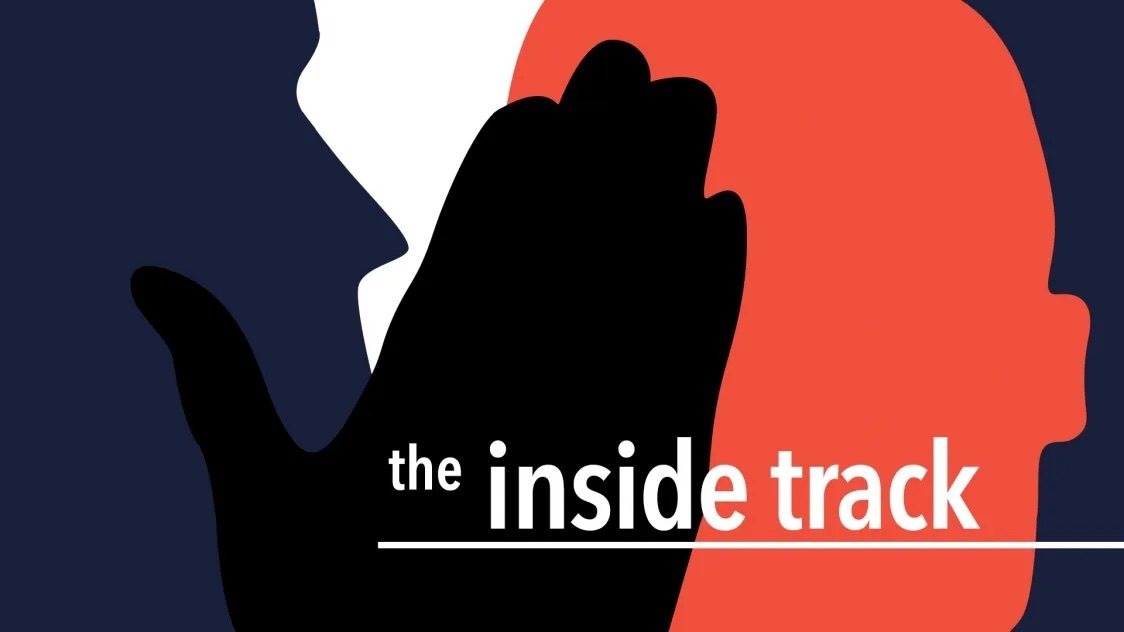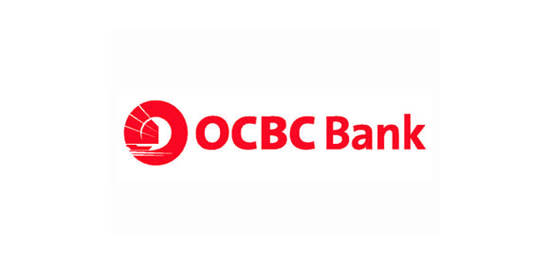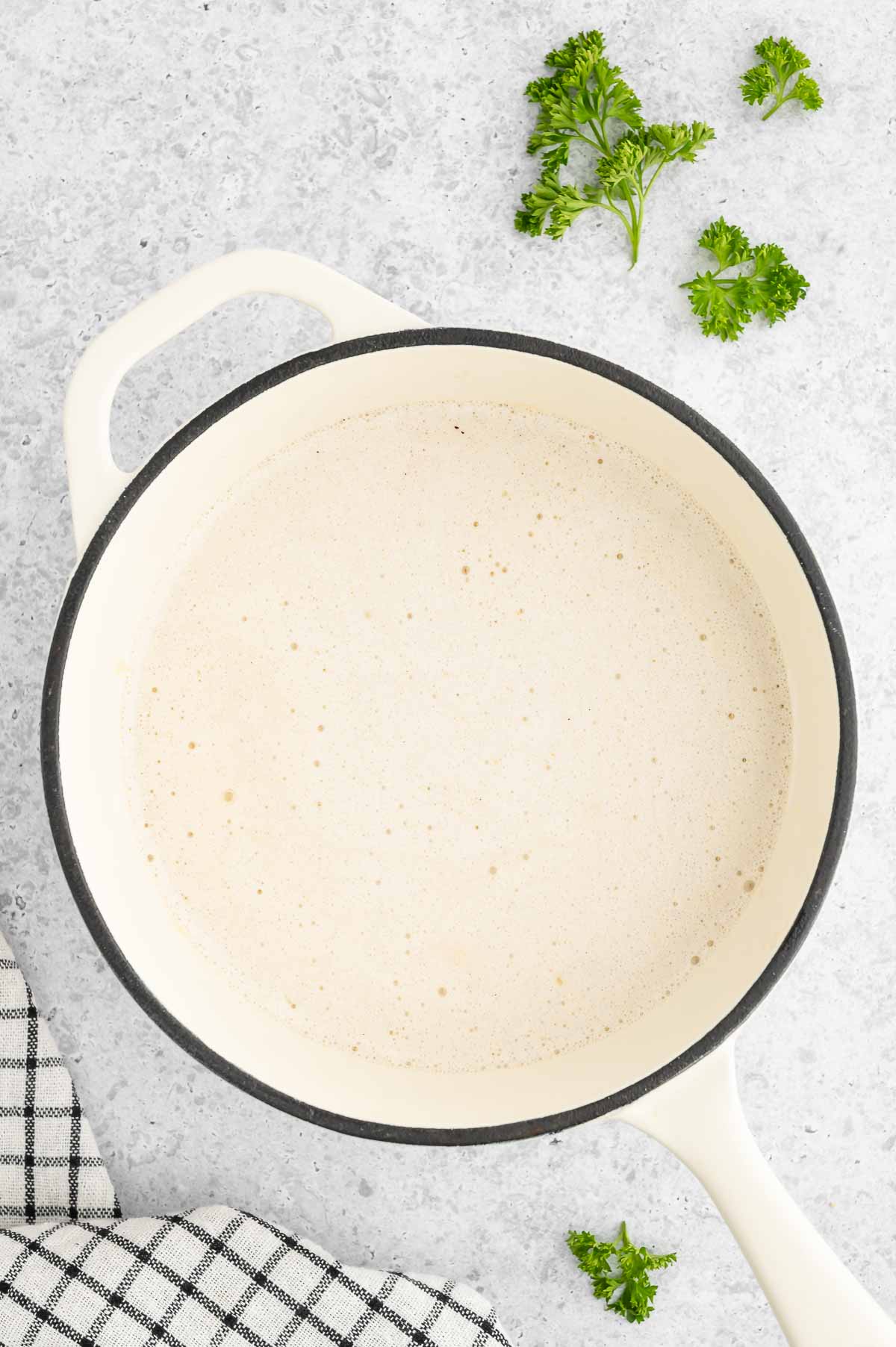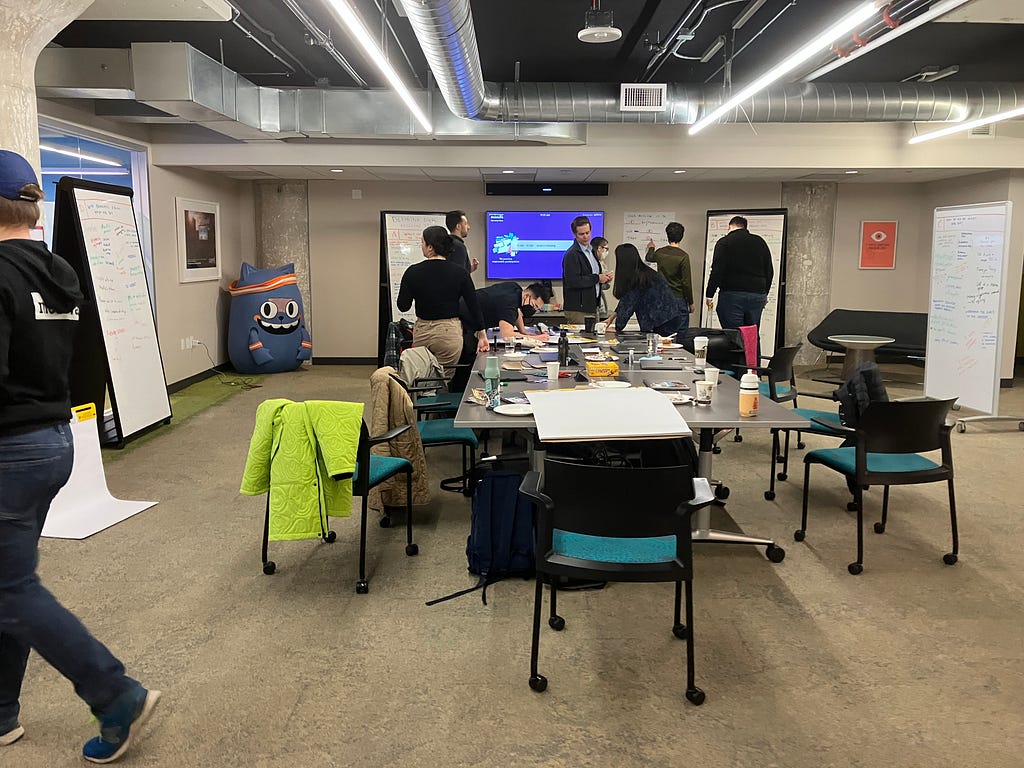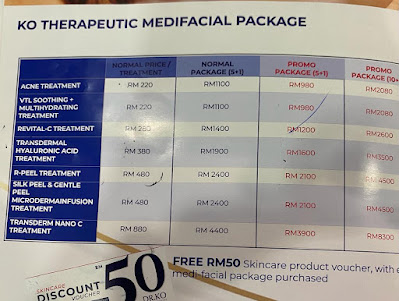Many businesses produce a forecast of some form, either for their own benefit or part of the process of obtaining finance.
Producing a forecast is not the objective, the real objective is to understand, communicate or to persuade. Essentially a forecast is a means to an end, you simply need to understand what that end is and prepare accordingly.
Surely The Forecast Will Be The Same Regardless of The End Purpose?
No. Think about producing a cash flow for your own purposes, this will allow you to know when you will have a shortage or surplus of cash. If you were producing the forecast for the purpose of securing an overdraft to fund the shortage then think about the lenders requirements, in other words ‘what is behind the figures’.
This is about credibility, explain where the figures have come from, explain why and justify it, include Key Performance Indicators (KPIs). For instance if you are a cafe you may project sales of £5k per week, break this down as sales per cover or sales per hour, this adds a reasonableness to the figures.
Also each forecast will require a degree of modelling. This is not fudging the figures, this is about moving what payments can be moved, delaying certain sales etc.
Where Do You Start With Forecasting, Especially If I am a Start-Up
This can often be as simple as ‘what is your mental approach’. Assume you are budgeting for stationery costs each month. Do you see this as a figure, i.e. £60 per month? Or, do you see this as 5 boxes of paper, 2 Ink Cartridges, 100 envelopes etc? Some people work better with tangible items, some with a figure.
At the end of the day any forecast is about being reasonable. You cannot see into the future, therefore just try and be realistic.
What Do I Do With a Forecast Once I Have It?
If you are thinking about what you will do with a forecast then you are ahead of most small business owners who either, do not have any type of forecast, or simply produce it for a purpose then never look at it again.
What is important about a forecast is not the figures but the KPIs. You cannot directly influence figures, you can only influence what drives them. Therefore, know what activity drives your business and measure this. For instance, ask an estate agent how many houses he will sell, he may tell you that it takes 7 viewings to get 1 offer, it takes 15 inquiries to get 7 viewings, therefore he targets inquiries as it will lead to viewings then offers. This is using KPIs to measure the business.
Should My Accountant Be Doing This For Me?
Maybe. Sometimes it is easier to get a professional to help, however remember the actual objective of the forecast, and remember that you drive the KPIs, so ensure if your accountant is doing the forecast that you know where the figures have come from.
If you forecast using KPIs then it is often more beneficial to you, it adds realism and tangibility, it also makes the forecast a really useful tool to have.
We provide help with forecasts and how to manage them, and as such help you succeed. If you want to know more then get in touch with the team on 0844 682 1462
Please add your comments below, or call us for more information.
The post Forecasts – Why They Are Not For What You Think They Are appeared first on Lime Consultancy.


